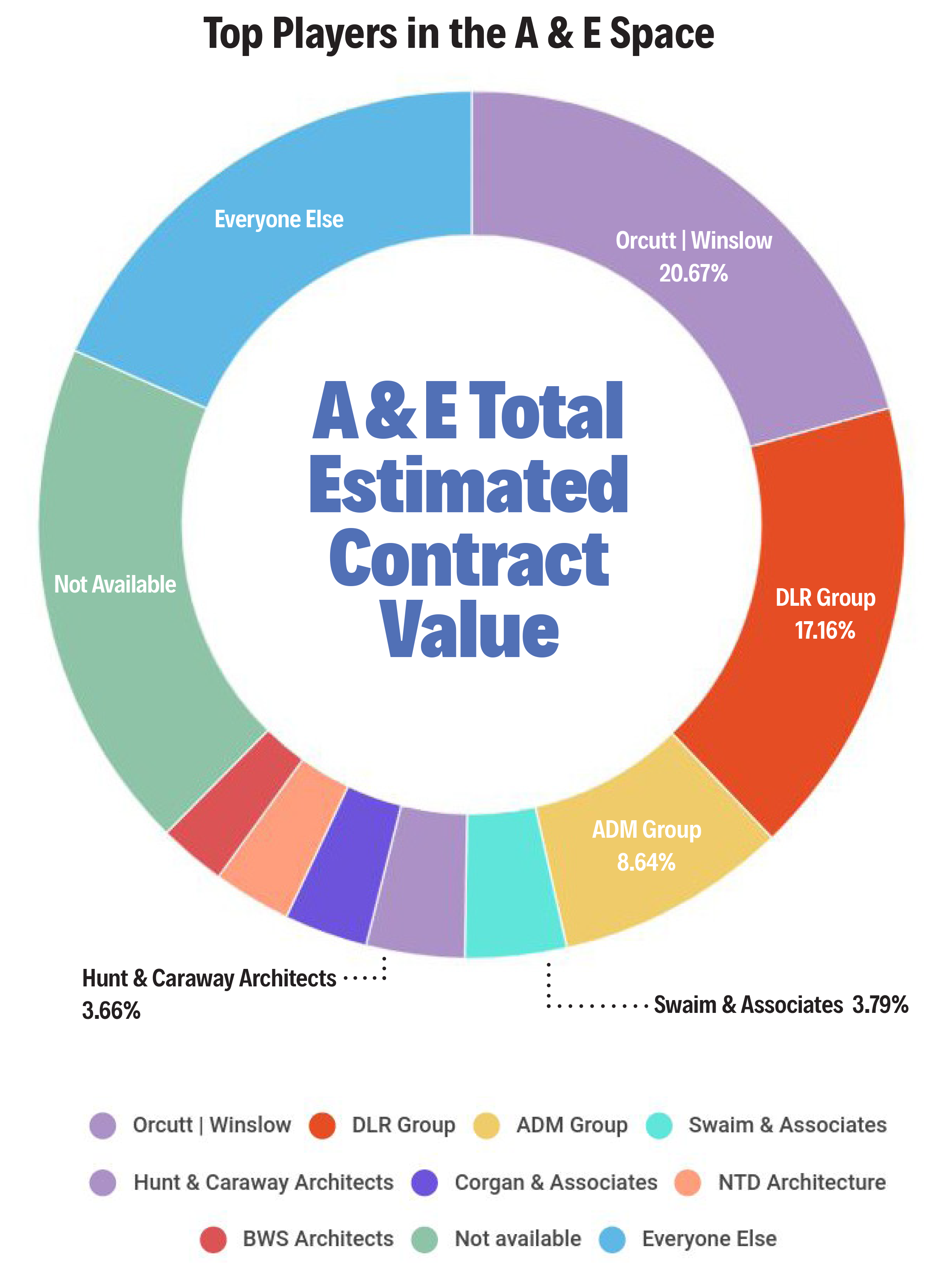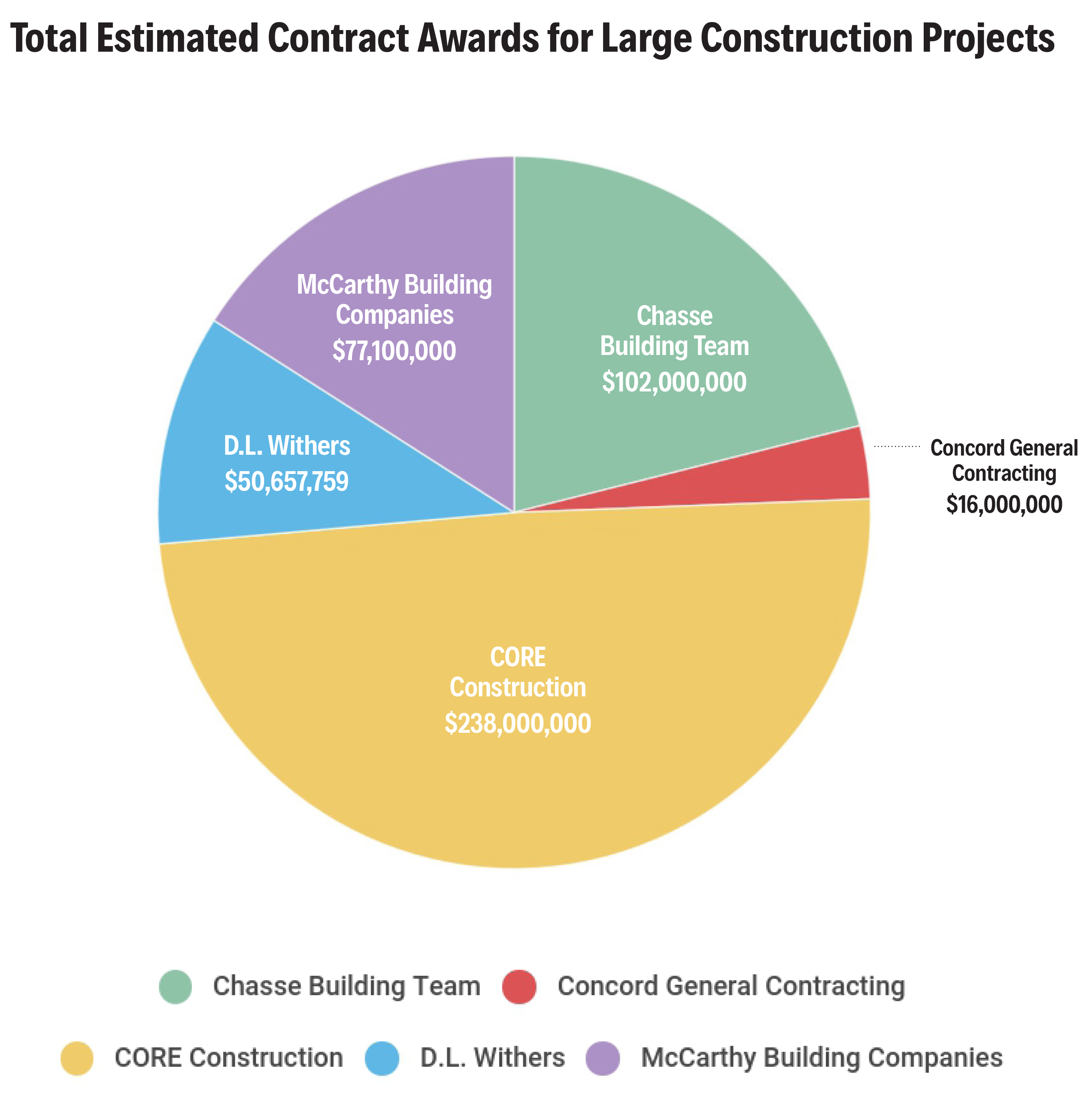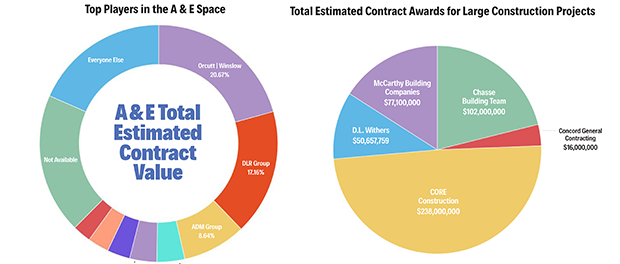By Roland Murphy for Arizona Builder’s Exchange
Legislation signed by Governor Doug Ducey last week ended a statewide teacher walkout, increased teacher pay and promised increased funding for K12 education in Arizona.
It also sent A/E/C professionals around the state into a tizzy because of one section that has, to date, received little to no attention: As of July 1, 2019, Alternate Project Delivery Methods for education procurement are to be scrapped, and all State Board of Education procurements for materials, services and construction will be required to be awarded on a lowest qualified bidder basis.
Since the matter came to our attention Friday, we have made repeated requests for clarification and comment to Gov. Ducey’s Office, and the Arizona School Facilities Board. No messages were returned as of press time Monday.
However, Dan Godzich, associate superintendent for communications at the Arizona Department of Education made contact to give a statement on the department’s position. “We felt that it wasn’t necessarily a good idea,” he said in a phone call. “It’s one of those things that may sound good, but it could cost you more down the road if the work isn’t quality. The other thing is the implementation (is delayed), and some of the legislators were expressing concern about that. We’re hopeful this will be looked at and addressed in the next session.”
The text of the bill lists an effective date of July 1, 2019. “When the budget comes out, with the budget reconciliation bills, there are often things in there that the momentum gets going and they have to go back and change them in a year or two,” Godzich said.
AZBEX has not yet had the opportunity to have the bill’s language reviewed by an outside attorney. We are including an overview and a link to the text for your review.
An overview prepared by Evan Wyloge of the Arizona Center for Investigative Reporting – an AZBEX collaboration partner in our work investigating the K12 market – summarized: “The new law directs the State Board of Education to formally draft and adopt rules for the system, but specifies that they must achieve certain specific outcomes:
- Contracts will be awarded based on lowest price
- Gifts from contractors to district procurement officials will be prohibited
- No contractor or subcontractor providing services to a district will be allowed to serve on a procurement selection committee
- Procurement officials will be prohibited from receiving a benefit to create a procurement specification in a particular way, such as to benefit a single company
- School districts must keep records that prove construction vendors are properly licensed
- School districts must publicly provide a rationale for awarding contracts
- School districts will be prohibited from taking reprisal against employees who raise concerns about procurement violations
- School districts will not be able to use an audit firm for more than three consecutive years
- School district audit firms will not be able to receive additional fees from the district for other consulting”
(EDITOR’S NOTE: the relevant section in the link starts on page 2 and is titled, “School District Procurement.”)

History of Irregularities
Without having the benefit of additional official clarification or commentary, we’re forced to resort to speculation. Fortunately, after nearly a full year of tracking public education procurements, culminating in our K12 Market Study, we’re in a position to do so without stumbling around too much in the dark.
As we noted in the report’s executive summary, “Arizona’s more than 200 public school districts spend more than $500M on facilities design and construction every year. With Alternate Project Delivery Methods being overwhelmingly preferred, and with qualification requirements being as clearly delineated as they are, it would stand to reason that among the state’s more than 25,000 licensed Architects and Engineers and more than 10,000 licensed General Contractors there would be a ripple effect based on firm size, where a large number of small procurements was spread across a large number of firms, a smaller but still appreciable number was spread across a smaller but still appreciable number of firms for medium-sized opportunities, and only a small number of firms was awarded procurements for large jobs because of their unique size, capitalization and/or expertise.” (AZBEX, Dec. 22, 2017)
Our research showed there are as few as three firms that consistently get awarded work in the K12 market’s various components. Through standalone and on-call solicitations over our study period, roughly $125M in design fees have been contracted across 65 firms. However, the top three firms in the space were awarded 46 percent of the total.
In recent months, Scottsdale Unified School District has become a lightning rod for criticism when it comes to the procurement process. An internal review found several irregularities, overpayments and other violations of policy. Several district officials have resigned or been fired, and there is an ongoing investigation by the Arizona Attorney General’s Office.
It appears many of the problems the legislation aims to address stem directly from the allegations against SUSD, including the hiring of an unlicensed architect, potentially improper gifts and payments to district officials, reprisals for disclosure of information on procurements, and alleged conflicts of interest between district officials and companies serving as consultants, among others.
According to notes Wyloge provided to AZBEX, Sen. Warren Petersen, R-Gilbert, helped draft the new legislation and noted it was the problems at SUSD that caused him to initially look at potential reforms to the procurement process.
“Low-bid is one way you can fix these problems,” Petersen said about the conflicts of interests that posed problems in Scottsdale. “And I don’t think anyone can argue with the gift ban.”
Having continued their investigations beyond the publication of the market report, AZCIR noted many other instances of business development relationship building the new law would quash, including architects, contractors and school officials taking trips to Mexico and the South Pacific; golf outings; solicitations for donations for school causes and bond campaigns; and high-dollar restaurant tabs at a restaurant owned by a consortium of architects, contractors and subcontractors.

Too Far?
While it appears the current state of APDM in Arizona may facilitate collusion and excessive market concentration, many industry leaders believe the new legislation goes much too far in the opposite direction. Wyloge spoke with Mark Minter, president of Arizona Builder’s Alliance, who said, “We’re very disappointed. Arizona has a modern, progressive procurement system that allows a public works owner to match the vendor to their needs. Now, we’ll have the state developing a whole new set of rules based on three words: lowest qualified bidder. Nobody even knows what that means.”
He added that, like state Department of Education staff, he and other industry leaders plan to work with legislators to find more effective and useful ways to modify and enforce APDM oversight without scrapping the methods entirely.

